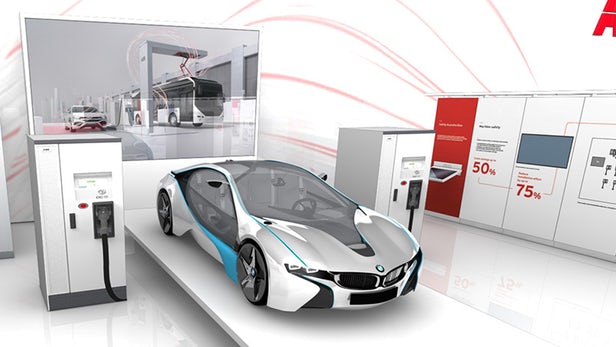
Breaking News
 Nancy Pelosi has officially announced her RETIREMENT at the end of her term, January 3, 2027.
Nancy Pelosi has officially announced her RETIREMENT at the end of her term, January 3, 2027.
 Omeed Malik: The Technocrat Muslim Billionaire Inside MAGA
Omeed Malik: The Technocrat Muslim Billionaire Inside MAGA
 Democrat-led government shutdown is now causing flight delays, threatening air traffic control,...
Democrat-led government shutdown is now causing flight delays, threatening air traffic control,...
Top Tech News
 HUGE 32kWh LiFePO4 DIY Battery w/ 628Ah Cells! 90 Minute Build
HUGE 32kWh LiFePO4 DIY Battery w/ 628Ah Cells! 90 Minute Build
 What Has Bitcoin Become 17 Years After Satoshi Nakamoto Published The Whitepaper?
What Has Bitcoin Become 17 Years After Satoshi Nakamoto Published The Whitepaper?
 Japan just injected artificial blood into a human. No blood type needed. No refrigeration.
Japan just injected artificial blood into a human. No blood type needed. No refrigeration.
 The 6 Best LLM Tools To Run Models Locally
The 6 Best LLM Tools To Run Models Locally
 Testing My First Sodium-Ion Solar Battery
Testing My First Sodium-Ion Solar Battery
 A man once paralyzed from the waist down now stands on his own, not with machines or wires,...
A man once paralyzed from the waist down now stands on his own, not with machines or wires,...
 Review: Thumb-sized thermal camera turns your phone into a smart tool
Review: Thumb-sized thermal camera turns your phone into a smart tool
 Army To Bring Nuclear Microreactors To Its Bases By 2028
Army To Bring Nuclear Microreactors To Its Bases By 2028
 Nissan Says It's On Track For Solid-State Batteries That Double EV Range By 2028
Nissan Says It's On Track For Solid-State Batteries That Double EV Range By 2028
World's fastest EV charger gives drivers 120 miles in 8 minutes

The fast charger could shift electrons in the battery so fast that an average electric car would be able to gain 120 miles (200 km) of range in just 8 minutes. In order for electric cars to be fully accepted as long-range touring vehicles, they'll need these kinds of crazy charge rates and more, considering that fossil fuel-powered cars can be filled up in a matter of a few minutes. Mind you, when you're not doing long distances, EVs can be charged slowly at home for a tiny fraction of what a tank of fuel would cost you.
Current charging infrastructure is far slower. A CHAdeMO can deliver up to 62.5 kW, the J1772 level 2 spec allows up to 19.2 kW charging, and the current Tesla Supercharger will pump power into a Model S at 120 kW. So the leap to 350 kW is a pretty huge jump.
Unfortunately, there's currently nothing on the market that can handle that kind of power, with many cars limited to 50 kW charging to preserve battery life. The 2018 Nissan Leaf can take a maximum of 100 kW, and while Tesla's Model 3 is rumored to be capable of charging at somewhere between 184 and 210 kW, it's currently limited to around 100.

 The Technocratic Dark State
The Technocratic Dark State Carbon based computers that run on iron
Carbon based computers that run on iron

